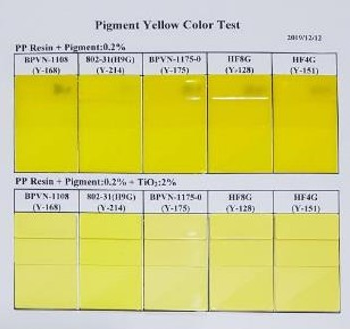-
What are pigments?
Pigments are a type of colorant that selectively absorb visible light (the range that the human visual system can perceive) and exhibit a certain color. When light strikes an object, the object absorbs certain wavelengths of light and reflects the others. This information is transmitted through the eyes to the brain, which perceives the colors. Pigments include organic pigments, inorganic pigments, special effect pigments, and more.
-
What are organic pigments?
Organic pigments are chemicals produced through chemical synthesis. They have different chemical structures and physical properties. Different spectra can present colors including yellow, orange, red, blue, green, and purple.
-
What is the difference between dyes and pigments?
Dyes and pigments are both colorants, and the same thing is that they are both visible light pigments. But the biggest difference between the two is that dyes can be soluble in water or oil.
-
What are the three elements of color? How is color defined?
The presentation of color requires three elements: light (such as sunlight), the observed object, and the observer. Under different lighting conditions, the observer at different positions and angles will perceive the observed object differently, resulting in various hues. Therefore, professionals use principles of color science to define color description methods (such as RGB or CMYK) or testing methods to specify colors and the required colorants.
-
What are the requirements for using organic pigments in water-based inks?
Printed materials are the result of printing ink curing a film on a substrate, so the quality of the ink significantly affects the final outcome. Pigments serve as the colorants in inks, and when selecting organic pigments, it is important to consider factors such as transparency, weather resistance, chemical resistance, and long-term stability, in addition to color and cost, to achieve the best results.
-
What are the requirements for organic pigments in general plastics?
The physical properties and specifications of general plastics vary. The primary coloring requirements include hue and basic properties. For instance, weather resistance is chosen based on whether the application is for indoor or outdoor use, while heat resistance is determined according to processing conditions such as temperature and time. Therefore, it is essential to refer to the recommendations of pigment manufacturers when selecting pigments.


